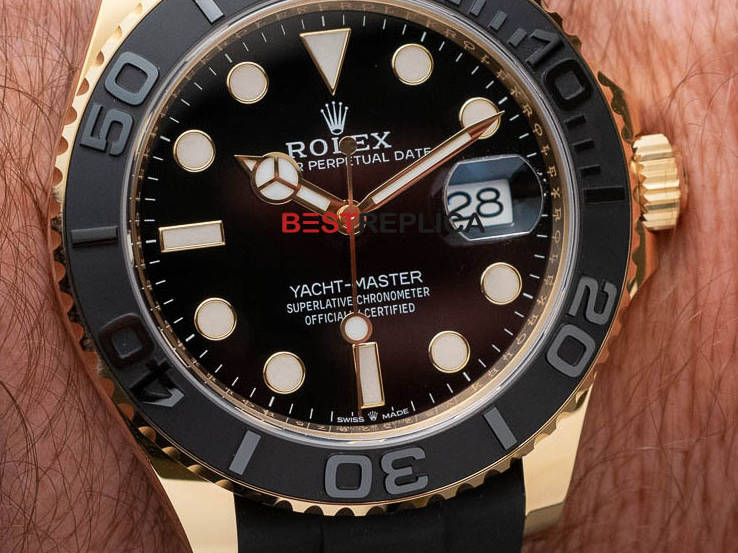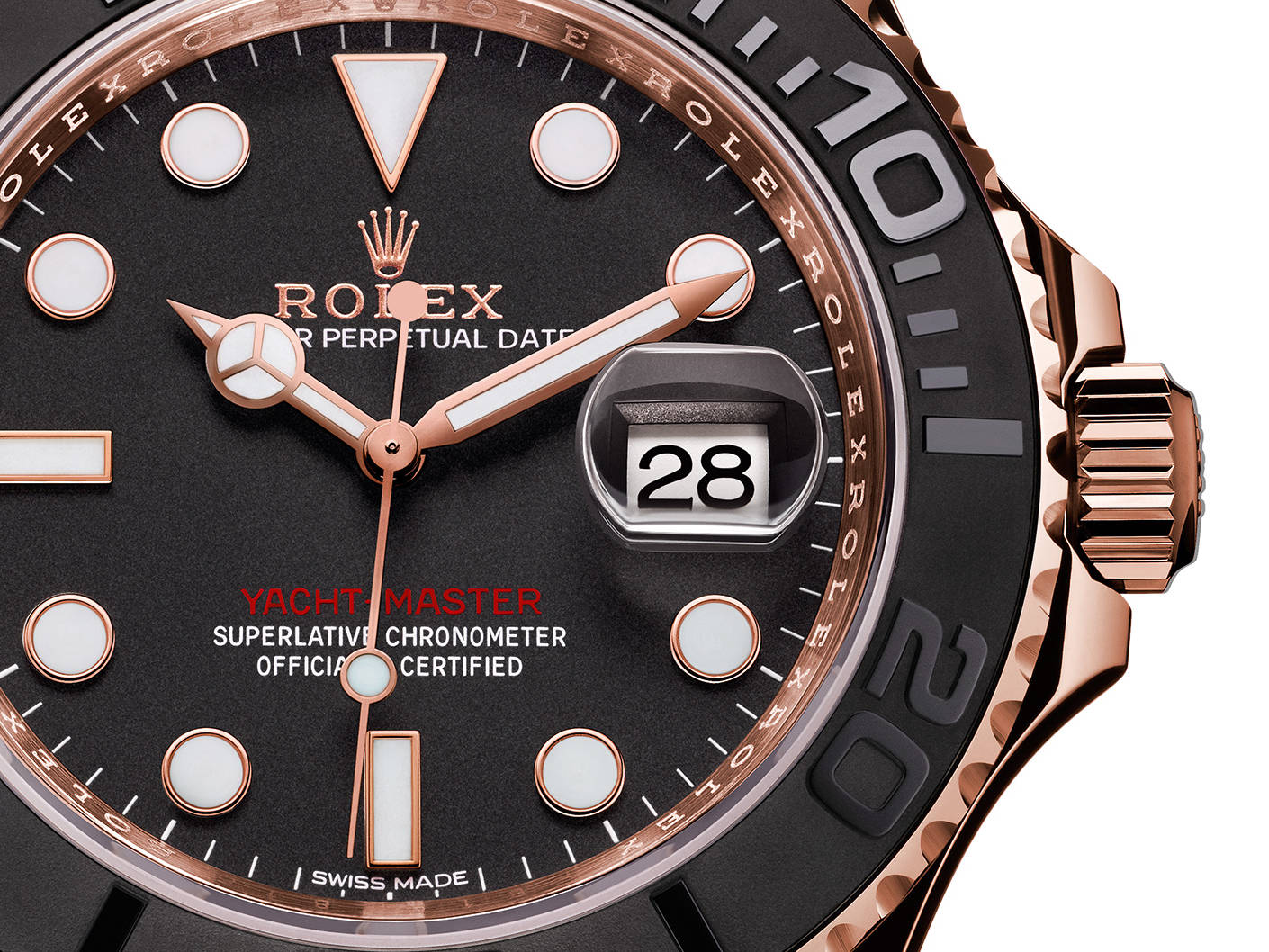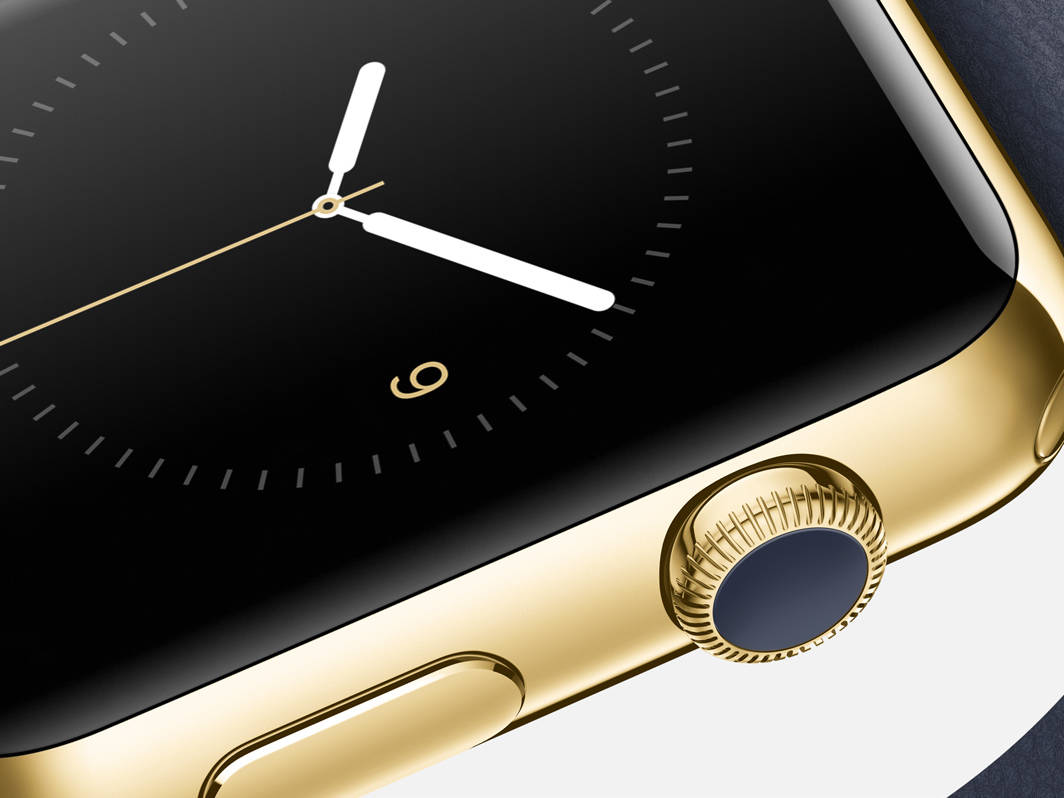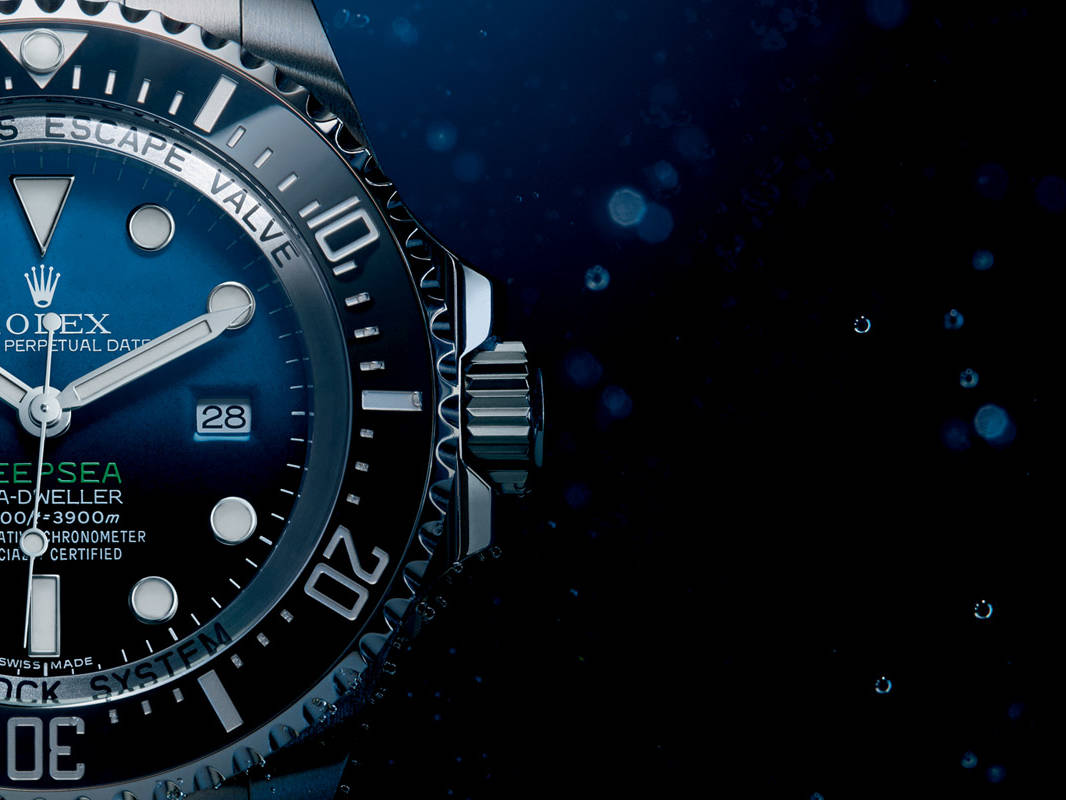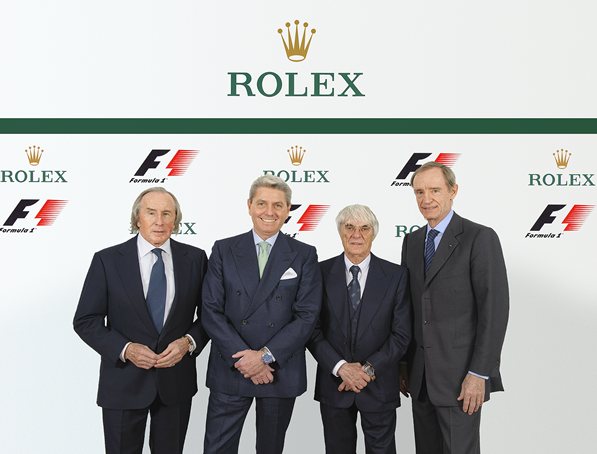
As Rolex’s Cosmograph clocks up 50 years at the top, we follow its journey from the wrists of gentleman drivers to Grand Prix stars.
It won’t have escaped the notice of Grand Prix fans that Rolex is now the global partner of Formula One, but the brand’s association with speed on four wheels dates back to 1935, when Sir Malcolm Campbell ripped along Utah’s Bonneville Salt Flats at an astonishing 301 mph in Bluebird to establish the final record of his long and illustrious career as “the fastest man on earth”. Strapped to his wrist that day was a modest Rolex Oyster which, he reported after climbing from the cockpit, had continued to run “splendidly” throughout.

The world had to wait until 1963, however, before Rolex brought precision timing from the grandstand to the pit lane, with its all-new watch – the Cosmograph.
This year celebrates the 50th anniversary of that iconic timepiece, marking a journey in automotive and horological history as possibly the greatest driver’s watch of them all.
Like existing Rolex professional watches such as the Submariner and Sea-Dweller, it was rugged and easy to read, but the added feature of a chronograph (stopwatch function) meant it could record elapsed times down to one-fifth of a second.
The chronograph gave the watch appeal to anyone involved in against-the-clock competition, but sports-car drivers in particular embraced it because of the functionality of the three subdials. These provided 60-second, 30-minute and 12-hour read-outs, making the Cosmograph ideal for timing everything from sprints to short track racing, as well as longer-distance events.
Resistant to the jarring and vibration typical of an uncompromising competition car, and sealed from dust, water, sweat and grime, the Cosmograph came to be regarded as the perfect watch for everyone from the gentleman driver to the Grand Prix star. The icing on the cake was that it was equipped with a bezel accurately engraved with tachymeter markings, thus enabling the calculation of speeds, units per hour, lap times and distances.
These features proved invaluable, for example, to rally navigators, who could activate the Cosmograph’s second hand and then stop it after a precise unit of distance was registered on the car’s odometer. The reading on the outer ring corresponding to where the hand was stopped would give the average speed per hour.
Indeed, so strong and immediate was the watch’s link with motorsport that two years after the Cosmograph first appeared, Rolex USA requested the name Daytona be inscribed on the dial of American market models in tribute to the celebrated Daytona 500 race, with which Rolex had been associated since Florida’s Daytona International Speedway opened in 1959.
The Daytona marking was subsequently extended to the entire line of Cosmograph models and, since the mid-1960s, the winner of the 24 Hours of Daytona endurance event (renamed the Rolex 24 at Daytona in 1992) has been presented with a Cosmograph Daytona as part of the prize.
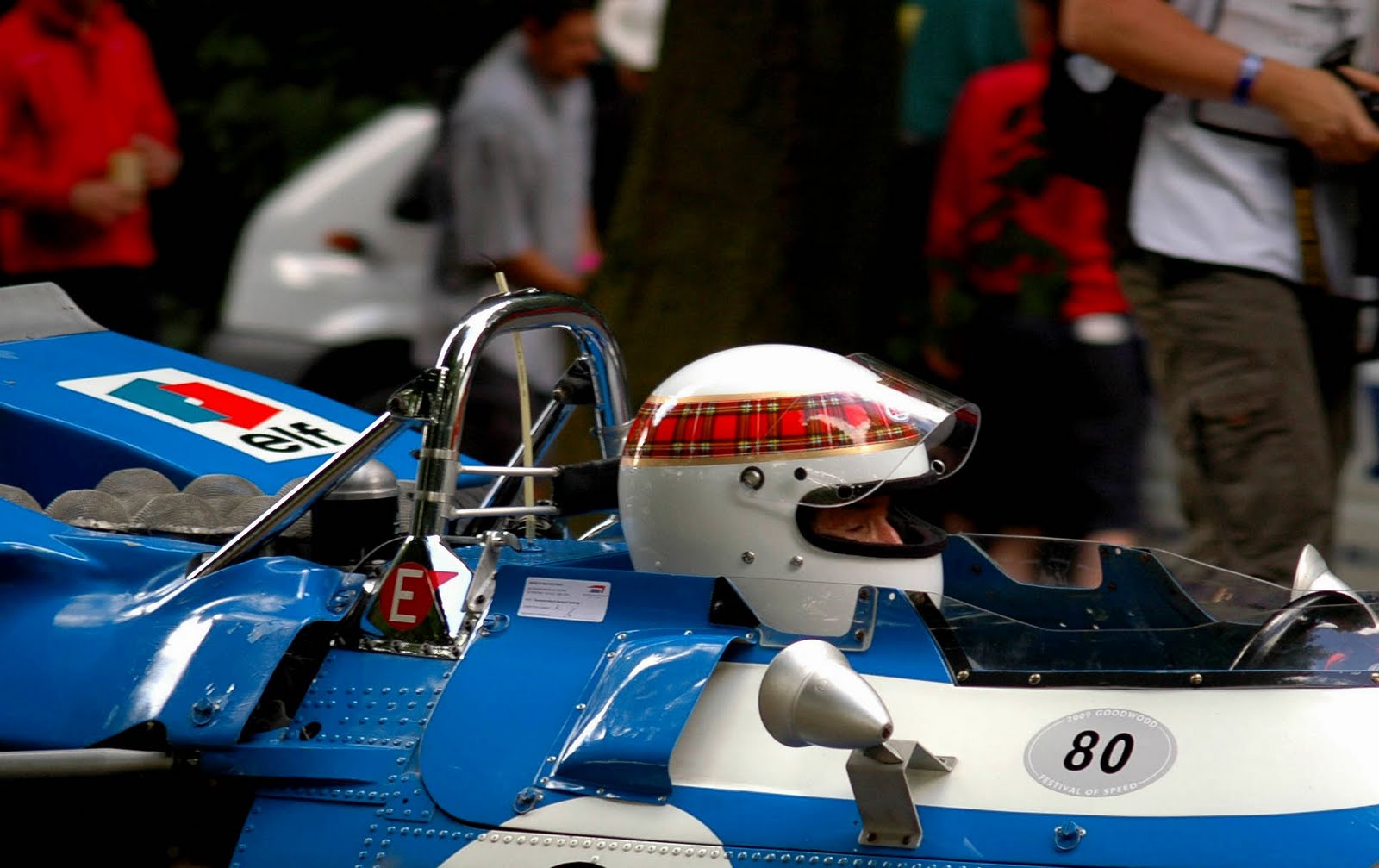
As the years went by and the Cosmograph came to be regarded as the default driver’s timepiece (for those rich enough to afford one), Rolex became the official sponsor of other leading races, notably the 24 Heures du Mans, the Le Mans series, the Rolex Monterey Historic Automobile Races and the UK’s Goodwood Revival.
The brand also backs the Rolex Vintage Festival at Lime Rock, the American Historic Sports Car Racing Series and high-end shows such as the Pebble Beach Concours d’Elegance and the Pebble Beach Tour d’Elegance.
Celebrated drivers, too, are associated with the watch, including triple Formula One world champion Sir Jackie Stewart and Denmark’s Tom Kristensen, the only person to have won the 24 Heures du Mans eight times. Both are Rolex ambassadors, but neither are as closely linked with the Cosmograph as the late Hollywood star Paul Newman, after whom a rare version of the watch is unofficially named.

Newman’s link with the Cosmograph Daytona dates back to 1969 and the film Winning, in which he starred opposite his wife, Joanne Woodward, as racing driver Frank Capua. Part of his preparation for the film involved high-performance training for the race sequences – leaving him so hooked on motorsport that he took it up as a serious hobby in 1972.
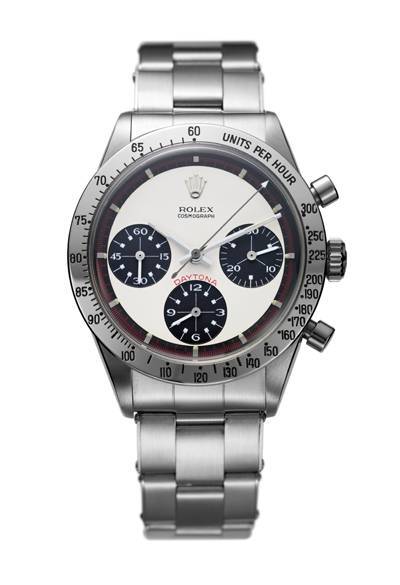
To mark the occasion, Woodward presented him with a Cosmograph Daytona, which he is reputed to have worn for the rest of his life. The version she chose was a Reference 6241 with an exotic dial distinguished from the standard one by, among other things, considerably smaller hour markers and a black minute track to contrast with the light-coloured centre.
Produced for only two years – 1969 and 1970 – the model has come to be known as the Paul Newman Daytona and examples are highly collectable, regularly selling at auction for up to £70,000.
Last month, at specialist auction house Antiquorum, this was exceeded by the sale of an ultra-rare, gold-cased version with a lemon-coloured dial, which fetched a world-record $850,000.
For the less well-heeled, Cosmograph Daytona ownership starts from £7,950 for a standard steel version, rising to £62,950 for a yellow-gold model set with baguette-cut diamonds.
To mark the watch’s 50th anniversary, Rolex has introduced the first ever platinum-cased Daytona, featuring an ice-blue dial and chocolate-brown bezel.
See our stunning collection of Swiss Clone Daytona replica here
Share:

